I have a program which is able to parse and interprets OBJ file format in an OpenGL context.
I created a little project in Blender containing a simple sphere with 'Hair' particles on it.
After conversion (separating particules from the sphere) my particles form a new mesh. So I have two meshes in my project (named 'Sphere' and 'Hair'). When I want to export the mesh 'Sphere' in an OBJ file (File/export/Wavefront (.obj)), selecting 'include Normals', after exportation, the file contains all informations about normals (ex: vn 0.5889 0.14501 0.45455, ...).
When I try to do the same thing with particles, selecting 'include Normals' too, I don't have normals in the OBJ file. (Before the exporting I have selected the right mesh.)
So, I don't unsterstand why normals properties are not exported for mesh of type particles.
Here's above the general Blender render of my hair particules. As you can see all particules have a reaction with the light. So Blender use normals properties for thoses particules.

And now, the picture above shows (in Blender 'Edit mode' -> after conversion) that particules are formed of several lines. In my opengl program I use GL_LINES to render the same particules. I just want to have normals information to manage light properties on my particules.

Do you have an idea how to export normals properties for particules meshes?
Thanks in advance for your help.
